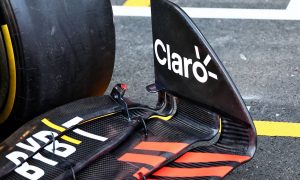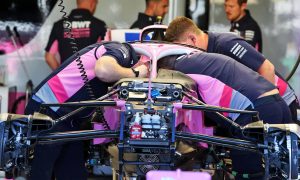
Among the rule changes for 2021 ratified by the FIA's World Motor Sport Council on Wednesday is a reduction in aerodynamic testing determined by a team's finishing position in the Constructors' standings.
In short, the higher a team finishes in the championship, the less windtunnel time they will enjoy relative to their rivals.
On paper, at the start of the 2021 season, a baseline 40 windtunnel sessions shall be allocated to all teams, with an outfit's final number depending on its 2020 championship position.
The title-winning team will be awarded 90% of the 40-run number, with the quota increasing in a linear way by 2.5% all the way down to the tenth and last team in the Constructors' standings.
If the new regulation had been applied to 2020 based on the 2019 championship, Mercedes would have been allocated 36 runs in its windtunnel while Williams, at the other end of the standings, would have been given 45 windtunnel sessions.
From 2022 to 2025, the quota shall be reduced to 70% percent of the baseline number of windtunnel runs for the championship-winning team, a number that will increase by steps of 5% when moving down the field.
As a reminder, to help mitigate F1's economic downturn due to the coronavirus crisis, a freeze has been applied to a large list of components for 2021.
The list includes the chassis, gearbox, a number of mechanical components and impact structures, while a token system has been devised to permit a very limited number of modifications in accordance to the competitors’ specific needs.
Finally, power unit development will also be limited with F1's engine manufacturers having to homologate a unit for a period that runs from 2021 until the end of 2025.
Gallery: The beautiful wives and girlfriends of F1 drivers
Keep up to date with all the F1 news via Facebook and Twitter





